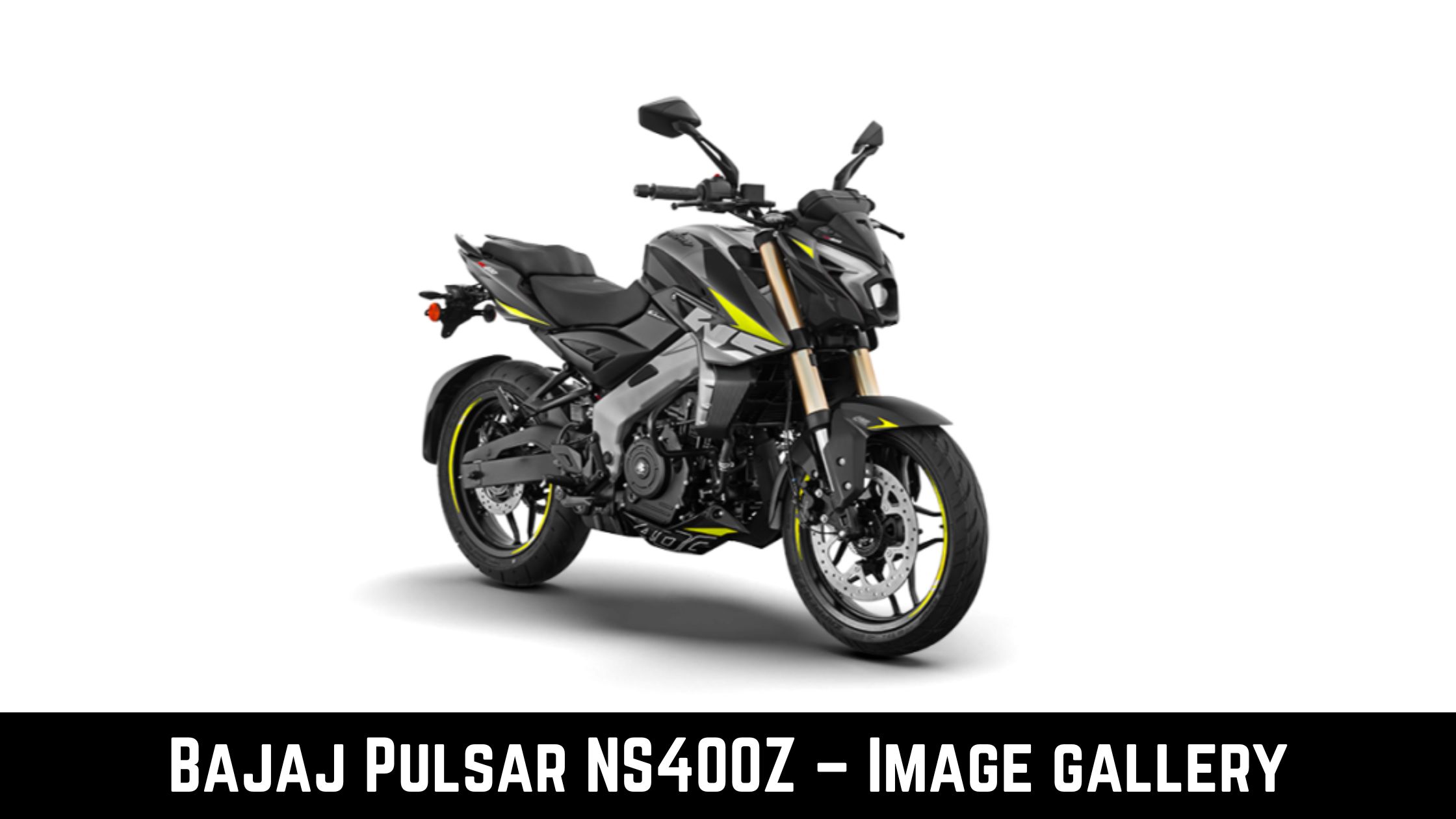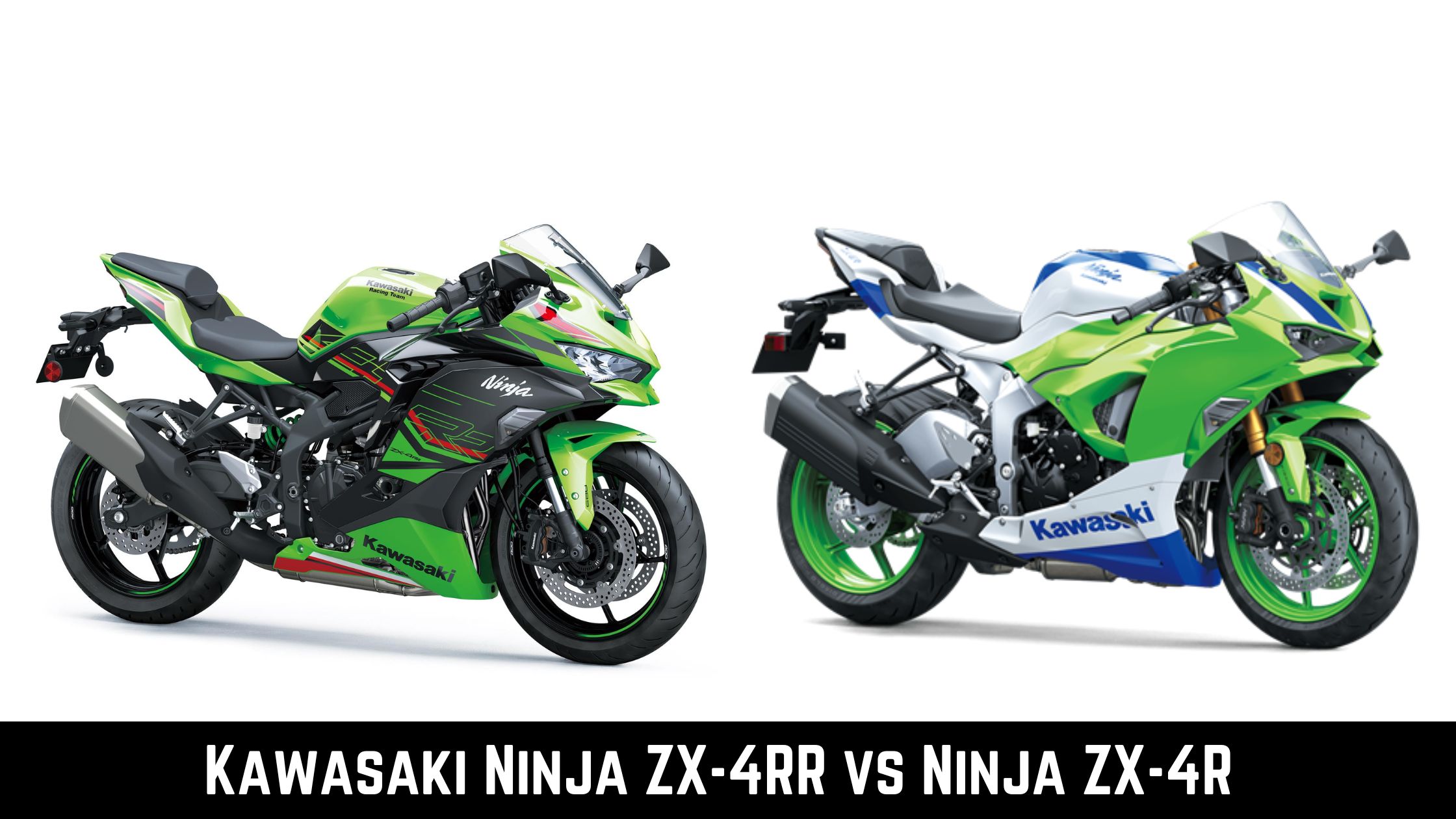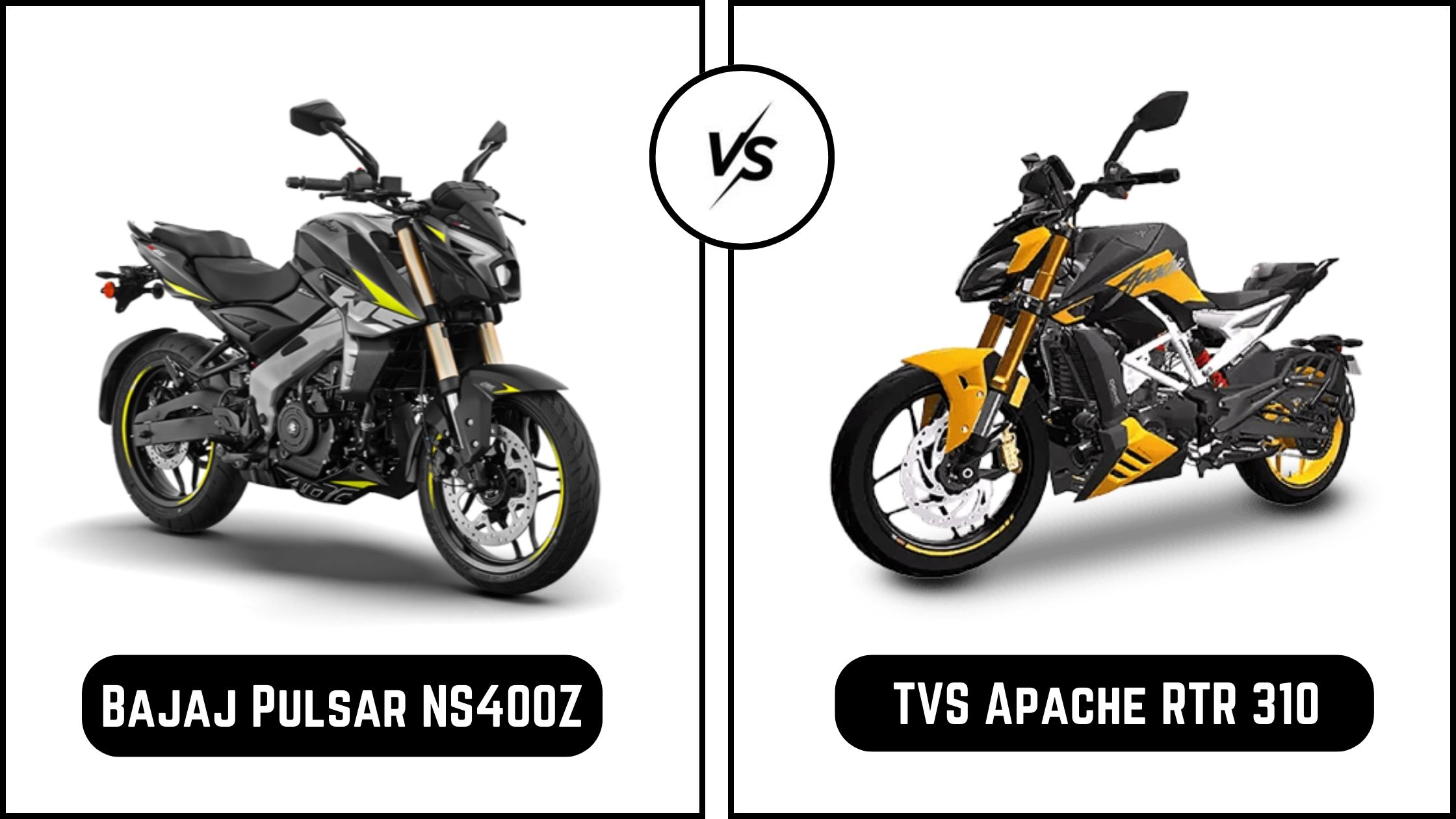
Bharat Stage Emission Standards are a set of rules the Indian government has implemented to control pollution produced by automobiles and two-wheelers (BSES). From April 1 2020, all automakers, including those of two- and four-wheeled vehicles, must only produce, market, and register BS6 (BSVI) vehicles. Learn about the main differences between the BS4 and BS6 engines and the new BS6 engine’s performance on this page.
What is BS4 (BSIV)?
Let’s first study the present BS4 (BSIV) emission requirements, engine, performance, and significance before learning about BS6 emissions or BS6 compliant engines.
The first emission standards, known as “India 2000,” were introduced by the BSES, the country’s regulatory body for emissions from all sorts of vehicles; in 2000BS4, standards with tougher emission limitations or requirements went into effect in 2017, while the first versions of BS2 and BS3 did so in 2005 and 2010, respectively.
Emission-related rules included tailpipe emissions, electronic control units (ECU), ignition controls, etc. The Automatic Headlamp On (AHO) standard, one of the BS4 requirements that addressed the safety component of the new emission regulations, was the most obvious change.
What is BS6 (BSVI)?
The Central Pollution Control Board, a part of the Ministry of Environment, Forests, and Climate Change, sets the guidelines for regulating automobile emissions in India. The first emission standard or norm to be established was India 2000, and BS2 and BS3 were subsequently issued in 2005 and 2010, respectively. The fourth emission standard, BS4, was introduced in 2017, although what introduced the preceding three at regular intervals.
The BS6 emission standard is the sixth generation of the emission norm, and in comparison to the previous BS4 standard, it represents a significant improvement in lowering pollution. In addition, this is also because the BS5 (BSV) was omitted to transition to improved emission standards.
Difference Between BS4 (BSIV) and BS6 (BSVI)

The maximum allowable levels of pollutants released from a car or a two-wheeler exhaust are defined by the emission rules known as BSIV and BSVI, respectively. At the same time, manufacturers also use this transition to upgrade their vehicles with new features and safety criteria.
| Fuel Type | Pollutant Gases |
BS6 (BSVI)
|
BS4 (BSIV) |
| Petrol Passenger Vehicle | Nitrogen Oxide (NOx) Limit | <60mg> | <80mg> |
| Petrol Passenger Vehicle | Particulate Matter (PM) Limit | <4.5mg/km | |
| Diesel Passenger Vehicle | Nitrogen Oxide (NOx) Limit | <80mg> | <250mg> |
| Diesel Passenger Vehicle | Particulate Matter (PM) Limit | <4.5mg/km | <25mg> |
| Diesel Passenger Vehicle | HC + NOx | 170mg/km | <300mg> |
Pollution Emission Norms (BS4 Vs. BS6)
The Indian government has accelerated the BS6 pollution limits to April 1 2020, to create a cleaner environment and address growing global warming concerns. Therefore, rather than advancing to BS5 and subsequently to BS6, one jumps straight to BS6 from BS4. The variations between the pollution standards for BSIV and BSVI are listed below:
When compared to the BSIV or BS4 emission norms, BSVI or BS6 is the sixth emission benchmark or criterion for reducing pollution levels. The maximum emission norms set the maximum pollution from a motor vehicle’s exhaust.
The BS6 emission rules have reduced the amount of NO2 (nitrogen oxides) a motor vehicle may release from 80 mg/km to 60 mg/km. The BS6 standard restricts petrol car particulate matter (PM) to 4.5mg/km.
The BS6 emission standard applies to motor vehicles and dispensed fuel. In both petrol and diesel, sulfur and nitrogen oxide play significant roles. The BS6 fuel contains less sulfur and NOx than the BS4 fuel. While BS4 fuel has a sulfur value of 50 ppm, BS6 fuel has a sulfur content of 10 ppm, five times less. The allowable level for nitrogen oxide has been decreased for diesel and gasoline engines, respectively, by 70% and 25%.
When the BS6 standard takes effect on April 1, 2020, BS6 fuel will also be dispensed at all of the nation’s gas stations that day. In BS4 cars, BS6 fuel is compatible.
Selective Catalytic Reduction (SCR) and Diesel Particulate Filter (DPF) were included in the BSVI norms to evaluate the emission levels of the BS6 motor vehicle. However, they weren’t in the BS4 emission norms.
Real Driving Emission (RDE) has been included in the BS6 requirements to ensure that the emission from the motor vehicle is measured in real-time. The BS4 norms did not include this.
The Onboard Diagnostic (OD), which is not required in the BS4 criteria, is another addition to the BS6 norms.
Due to higher levels, a BS6 vehicle utilizing BS4 fuel will not adhere to the necessary emission requirements. Therefore, a BS6 vehicle must only utilize BS6 fuel to attain the appropriate emission limits.



